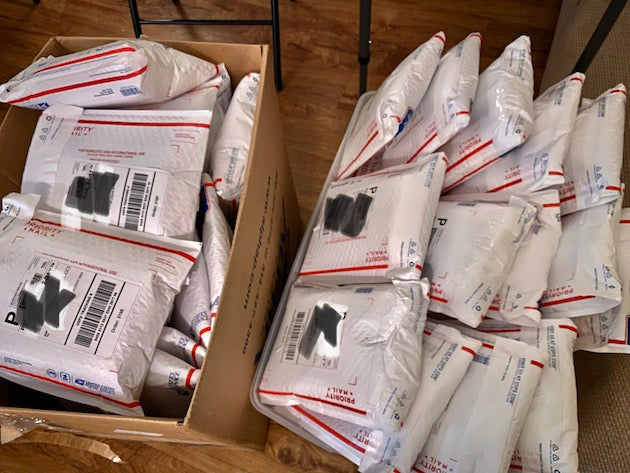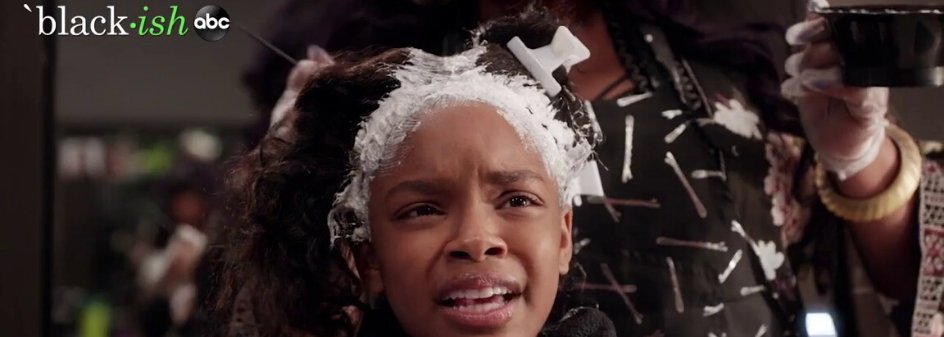Lint in your locs is a highly common concern for most ladies and gents fashioning locs. Lint comes from tiny fibres that usually separate from their homeland (daily fabrics), form into new groups and communities in both locs and sisterlocks alike. Fortunately, they are non threatening to locs as far as the health and wellness of your locs are concerned. They are more a nuisance than anything else, when you are trying to keep your locs looking immaculately clean and healthy.
Lint is fairly common for those of you folks living in a dry climate. The weather is another agent who promotes lint season. Winter time in cold regions is usually peak season for lint in locs. Between the winter hats, scarves, and the state of the air, your lint risk rates increase a fair (or unfair) amount.
Where do these undesirable fibres come from?
Well, pretty much everywhere. The thin fibre strands can separate themselves from fabric pillow cases, bed sheets, sweaters, sweatshirts, scarves, t-shirts and any other cloth that comes close to your head and hair. It’s unclear whether lint is especially attracted to locs or if locs call and catch the loose fabrics floating in the air, but either way, according to the rules of attraction, the two are highly allured.
Preventative Tips
1. Microfiber is your new best friend
The first item well worth your investments are micro fibre towels. While locs may seem like high maintenance, another concept to always keep in mind is that all healthy natural hair, no matter what your style or type is, needs attention, care, and of course, the right products. Come to think of it, unnatural hair styles and products may be even more time and wallet consuming than our natural methods. Even those men and women with baby fine hair have their methods, techniques and products to keep their hair looking healthy and stylish. Microfiber towels are especially important since the fibres found on your ordinary towel are strikingly contagious.
2. Check out your head covering
Another item to keep in mind are your hats, scarves and headscarves. Make sure what you’re wearing around your head is safe for the beauty of your locs. The most suitable strategy is considering hats that are lined with satin, or silk, but okay, you don’t have to go that fancy, or do you? Well, that’s up to you really. Fuzzy hats and cotton scarves will most likely send lint into your locs, so avoid direct contact when possible.
3. Your best bedtime choices
Tying your locs under a silk or satin scarf while sleeping is your best bet. Sleeping with satin or silk bed sheets are also an option, but again, that’s up to your preference.
4. Keep it covered during high times
When you’re outdoors being active, playing sports or exercising, try to keep your locs covered. When you’re cleaning your house, car, or any other place you may be dealing with dust and debris, tuck away those locs and keep them out of the fibre floating air. This may seem like a lot at first, but once you get into the habit of it, you won’t even take notice of your careful efforts.
5. Keep it natural
Keep your products to a minimum. Remember that there are advantages to having locs. You shouldn't need to rely on products to daily manage and maintain your locs. For those in the beginning phases, they must lend extra TLC to their locs, but mature locs should be given the freedom to live a mostly undisturbed, natural lifestyle.
If you use too many products in your locs this may attract more lint and debris, but more notably buildup. While lint is generally unavoidable, buildup is a whole other game. Build up is avoidable, and should be avoided at all cost (or most costs, but you get it).
Dr. Locs pre cleanse is an especially useful tool to remove and extract lint, debris and buildup from loc’ed hair, and the best part is, that it’s all natural. Keep it real and keep it natural is always your best route.




